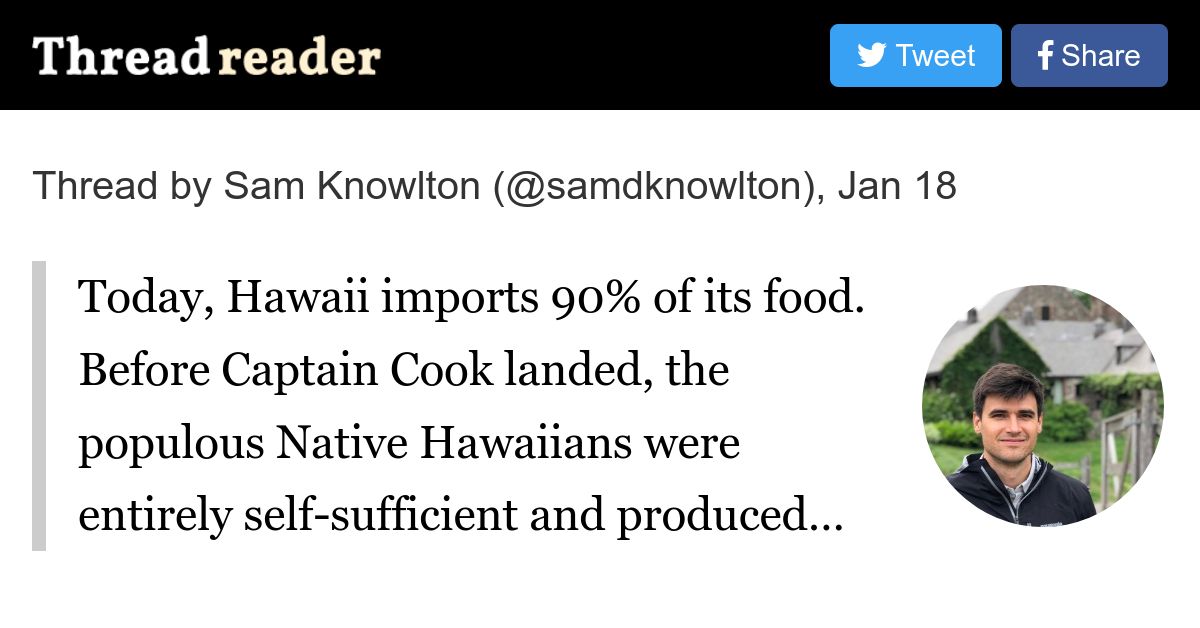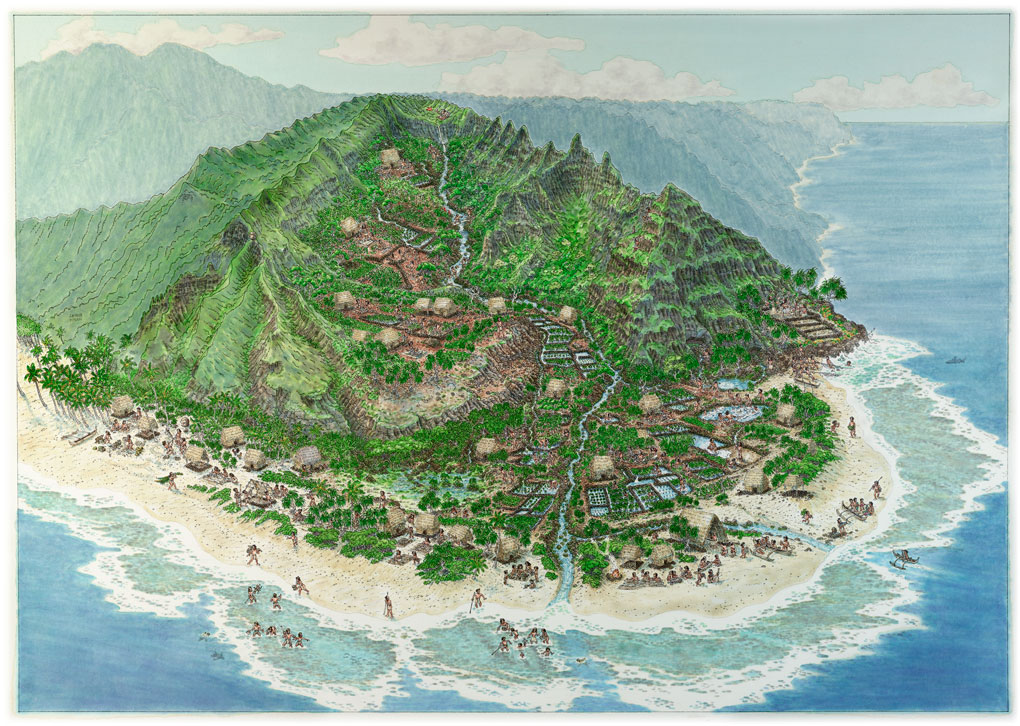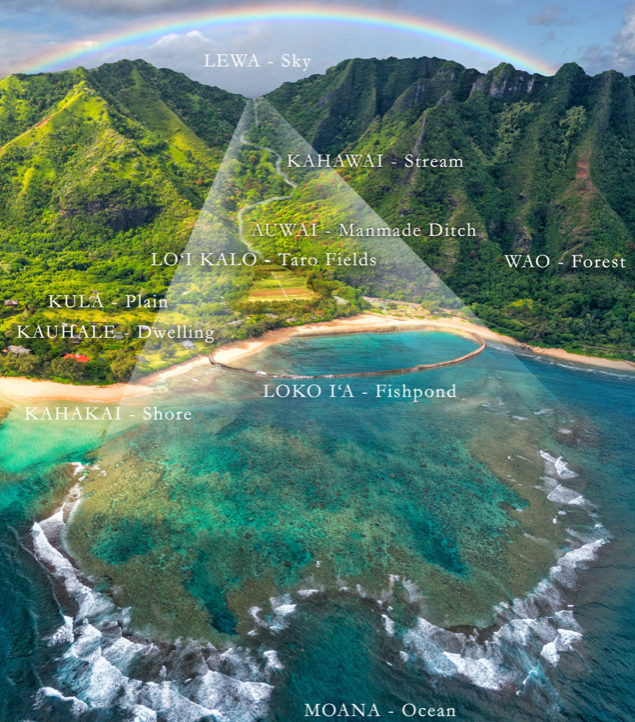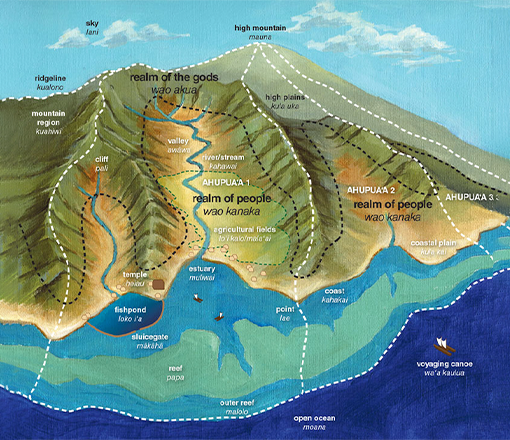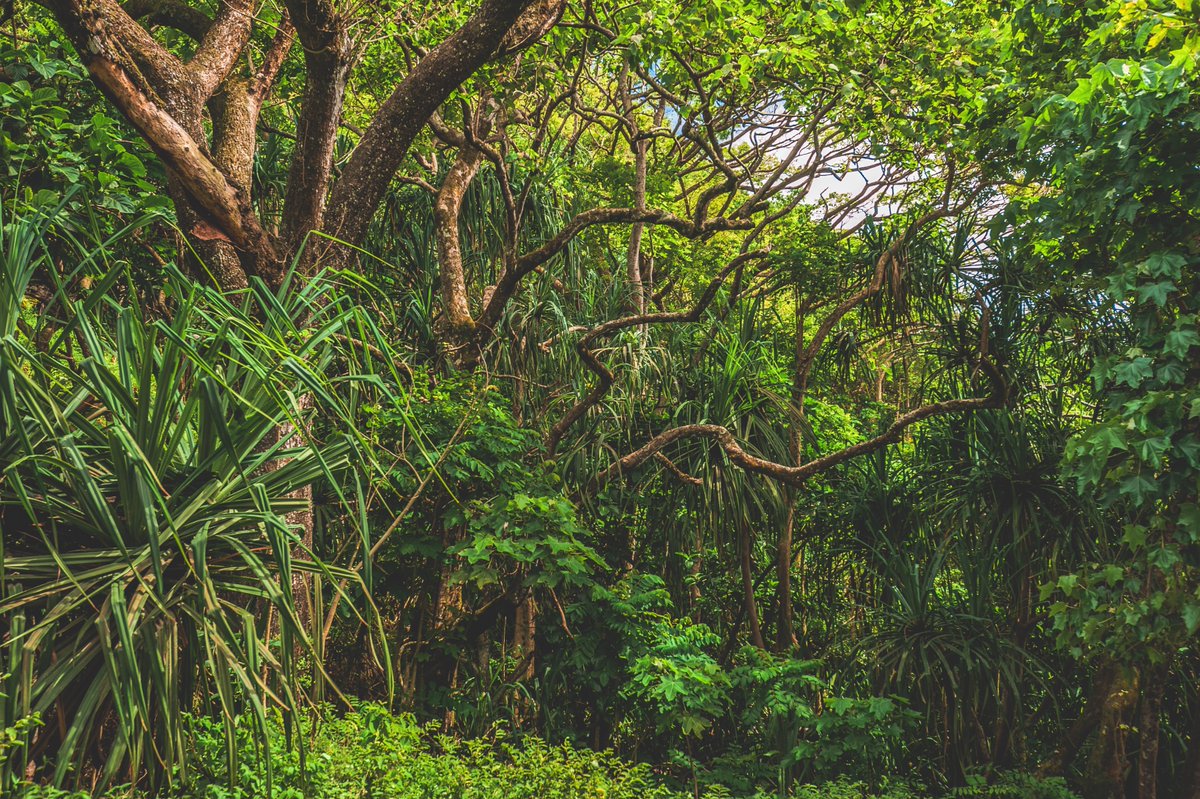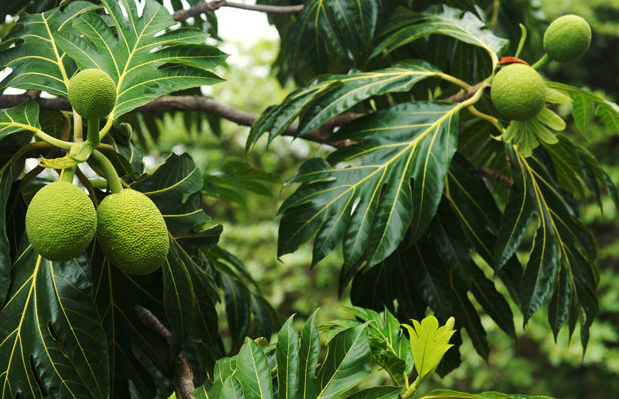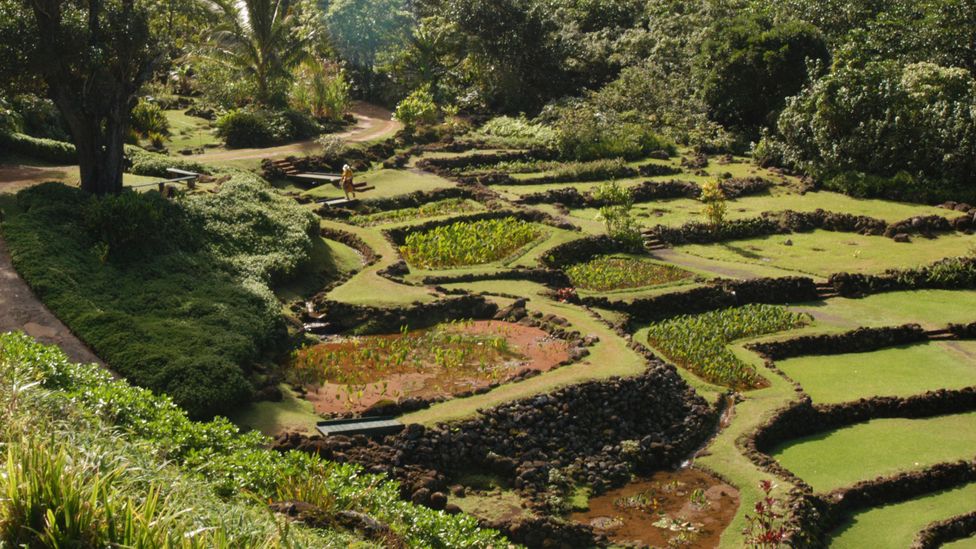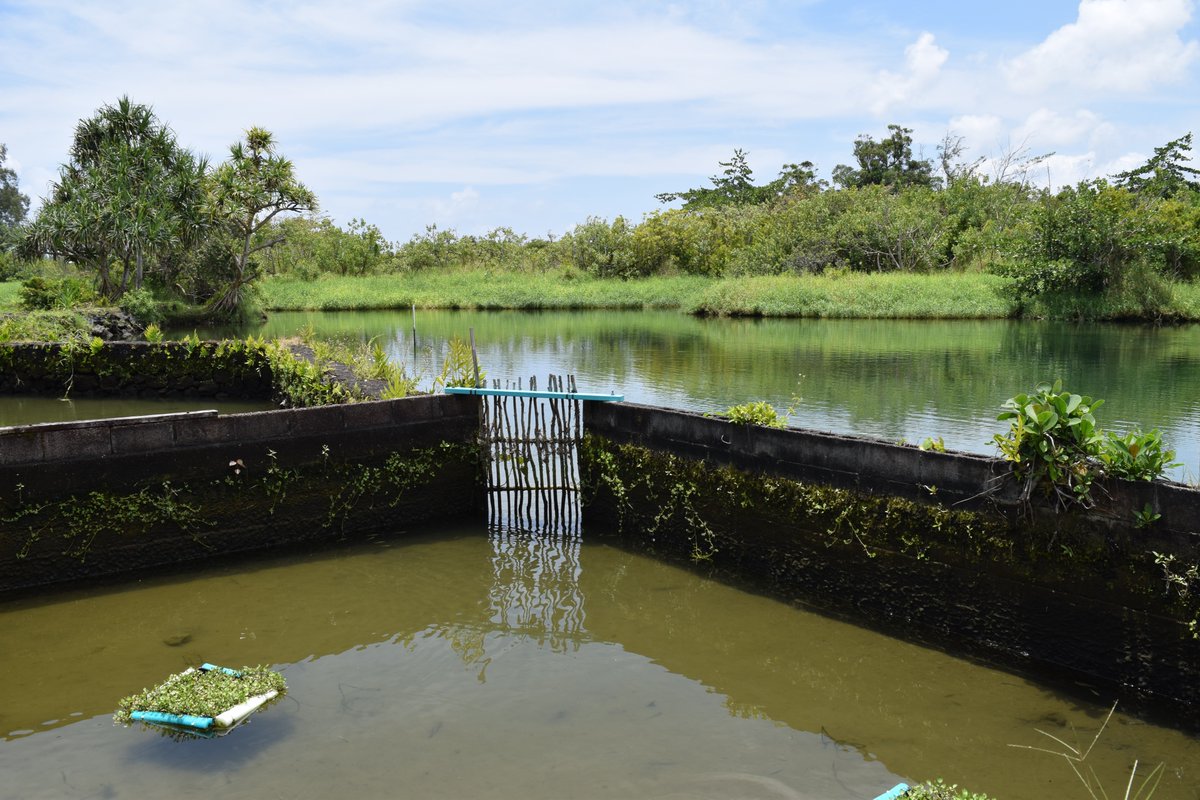I understand, there just needs to be a distinction made between all the senseless death and suffering we cause animals, things like getting hit by cars or birds flying into glass(that’s easily fixed) and the natural course of things with us eating them.Avant de connaitre Laura, j'étais végétarienne depuis des années parce que j'aime vraiment les animaux et je ne supportais pas qu'il leur faille mourir pour moi...
Dans mes prières du matin, ils ont leur place chaque jour : "Oh Divin Esprit Cosmique, je remets entre tes mains tous les animaux que nous avons tués, à qui on a pris leur chair, leur fourrure, leurs plumes, leur vie, leur amour, leur confiance pour nous les humains"...
Before I met Laura, I was a vegetarian for years because I really love animals and I couldn't stand that they had to die for me...
In my morning prayers, they have their place every day: "Oh Divine Cosmic Spirit, I place in your hands all the animals that we have killed, from whom we have taken their flesh, their fur, their feathers, their life, their love, their trust for us humans"...
I don’t agree that we’ve taken an animal’s love or trust by ethically raising them and ending their lives. It’s a mutually beneficial relationship for animals such as cattle with the proper farmer. The farmer moves them as needed to new pasture, monitors them for disease, tends to that disease if seen. The cows in fact are happy to see the farmer, which is evident in their behavior.
I personally can’t remove my responsibility to Creation by placing the sufferings into the hands of the Universe. What I can do is face the facts and essentially remove that suffering to a very small moment in time, that’s in the natural order of things and I’m not writing any of the above as a personal attack on you Perlou, just giving my perspective after thinking about things. I understand why you pray.

